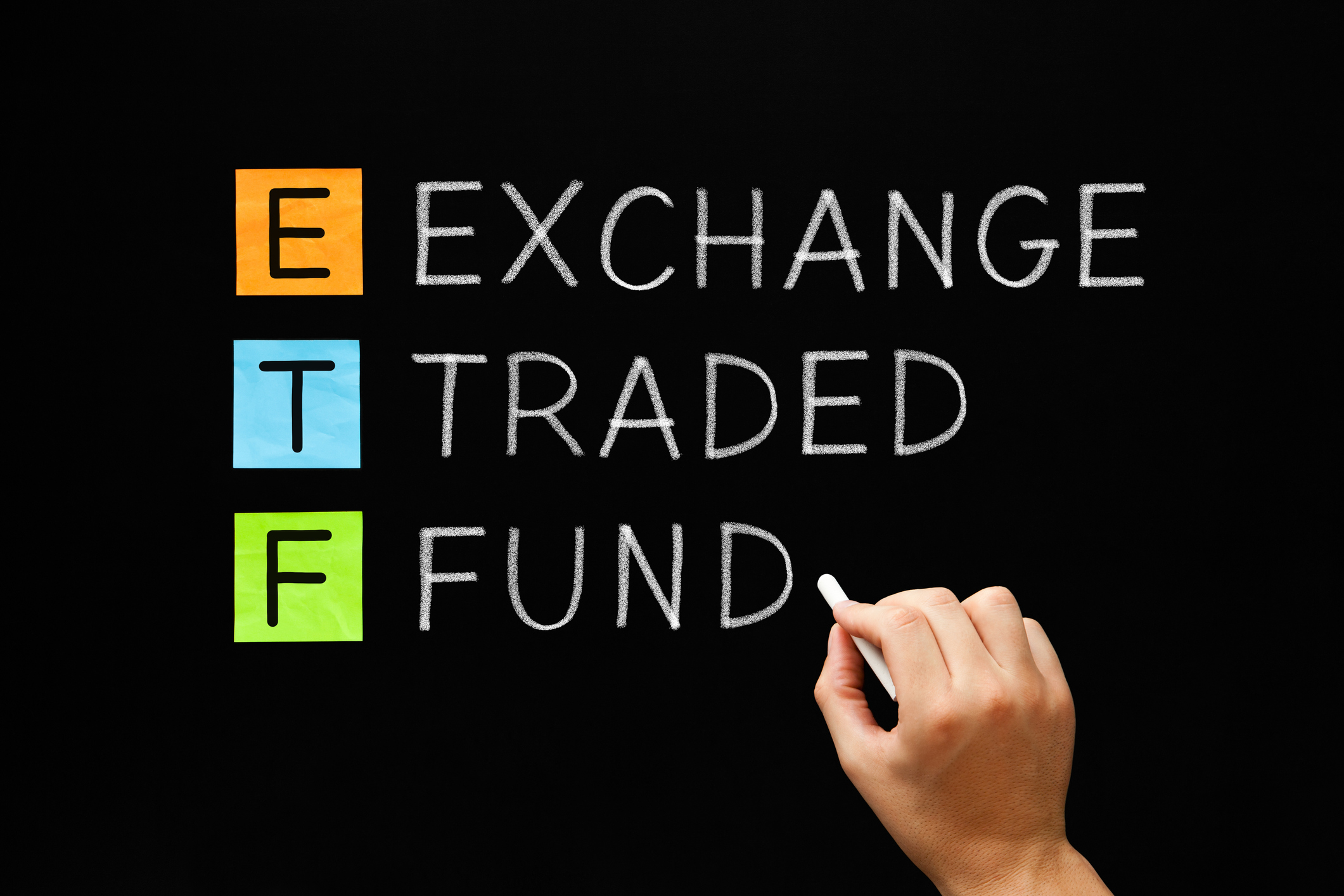Investing doesn’t require a complex strategy or constant portfolio monitoring. Academic studies consistently show that one of the most effective ways to build wealth involves dollar-cost averaging into low-cost, passively managed exchange-traded funds (ETFs) that track broad market segments.
Vanguard stands out in the ETF space due to its shareholder-owned structure, enabling industry-leading low fees. A complete portfolio using Vanguard products can achieve returns comparable to, and often exceeding, benchmark indices. Here are three funds that together provide the essential components for a balanced, long-term investment approach.
Image source: Getty Images.
Core market exposure
The Vanguard S&P 500 ETF (VOO -0.28%) tracks the S&P 500, the most widely followed benchmark for the U.S. stock market. The fund charges a mere 0.03% expense ratio compared to an average of 0.77% for similar funds. Its beta of 1 indicates it moves exactly in line with the market, while its alpha of -0.04 shows it virtually matches its benchmark’s returns after accounting for risk and fees.
The Vanguard S&P 500 ETF’s top holdings include Apple at 7.11%, Nvidia at 6.76%, Microsoft at 6.26%, Amazon at 3.61%, and Meta Platforms at 2.57%. A $10,000 investment at inception would now be worth $71,640 with dividends reinvested in a tax-advantaged account. The fund’s current yield stands at 1.17%.

VOO Total Return Level data by YCharts.
Growth potential
The Vanguard Growth Index Fund ETF Shares (VUG -0.11%) focuses on large U.S. companies with strong growth prospects. It charges just 0.04% compared to the category average of 0.94%. The fund’s beta of 1.2 means it tends to amplify market movements by 20%, while its alpha of -2.33 suggests slightly lower risk-adjusted returns than its benchmark.
The Vanguard Growth ETF has delivered exceptional returns, with a total return of 341.7% over the prior 10 years compared to just 68.7% for the Vanguard Total International Stock Index Fund ETF Shares (VXUS -1.08%).
This dramatic outperformance reflects the dominance of U.S. technology companies, which have built formidable competitive advantages through artificial intelligence, cloud computing, and other technological advances.
While traditional portfolio theory suggests holding a decent allotment of international stocks through a diversified fund like the Vanguard Total International Stock Index Fund ETF Shares, this modified strategy emphasizes U.S. large-cap growth stocks through the Vanguard Growth ETF, recognizing the wide competitive moats of America’s leading technology companies.
Digging into the details shows that the fund’s top holdings feature larger allocations to tech giants, with Apple at 11.71%, Nvidia at 10.94%, Microsoft at 10.80%, Amazon at 6%, and Meta Platforms at 4.70%. Thanks to the outperformance of most of these tech behemoths, a $10,000 investment in this Vanguard fund at inception would now be worth $103,860, with dividends reinvested in a tax-advantaged account.

VUG Total Return Level data by YCharts.
Stability through bonds
The Vanguard Total Bond Market Index Fund (BND -0.11%) offers essential portfolio stability through diverse fixed-income exposure. It tracks the Bloomberg U.S. Aggregate Float Adjusted Index, with a beta of 0.99 indicating nearly perfect market tracking and an alpha of -0.08 showing it closely matches its benchmark’s risk-adjusted returns.
With a 0.03% expense ratio and a current yield of 4.41%, this fund is an efficient hedge against stock market volatility. However, a $10,000 investment at inception would now be worth only $16,860 with dividends reinvested, underscoring the dramatic underperformance of bonds compared to equities since the turn of the century.

BND Total Return Level data by YCharts.
Building your allocation
A traditional rule of thumb suggests subtracting your age from 100 to determine your stock allocation, with the remainder in safe-haven assets like bonds and cash. However, given increased lifespans and the historic outperformance of U.S. stocks, many financial experts now recommend a more aggressive modification of this approach.
Here’s a general framework for age-based allocations, modified from the traditional rule to reflect a more growth-oriented stance:
Age 20: 90% stocks, 10% bonds
Age 30: 80% stocks, 20% bonds
Age 40: 70% stocks, 30% bonds
Age 50: 60% stocks, 40% bonds
Individual circumstances may warrant adjusting these allocations. Factors like job stability, other income sources, and personal risk tolerance can influence whether to be more aggressive or conservative with your mix.
For the stock portion at any age, investors might consider a higher allocation to the Vanguard 500 Index Fund for stability, adding Vanguard Growth Fund exposure for enhanced growth potential. The Vanguard Growth Fund’s substantial outperformance versus international stocks demonstrates the benefits of maintaining significant U.S. exposure, though this concentration also increases risk.
Final thoughts
This three-fund strategy offers compelling advantages through its simplicity, low costs, and proven track record. For investors seeking a straightforward approach to building wealth, these Vanguard ETFs provide the essential components of a well-constructed portfolio that can be easily adjusted as circumstances change.
John Mackey, former CEO of Whole Foods Market, an Amazon subsidiary, is a member of The Motley Fool’s board of directors. Randi Zuckerberg, a former director of market development and spokeswoman for Facebook and sister to Meta Platforms CEO Mark Zuckerberg, is a member of The Motley Fool’s board of directors. George Budwell has positions in Apple, Microsoft, Nvidia, Vanguard S&P 500 ETF, and Vanguard Total Bond Market ETF. The Motley Fool has positions in and recommends Amazon, Apple, Meta Platforms, Microsoft, Nvidia, Vanguard Index Funds-Vanguard Growth ETF, Vanguard S&P 500 ETF, Vanguard Total Bond Market ETF, and Vanguard Total International Stock ETF. The Motley Fool recommends the following options: long January 2026 $395 calls on Microsoft and short January 2026 $405 calls on Microsoft. The Motley Fool has a disclosure policy.

